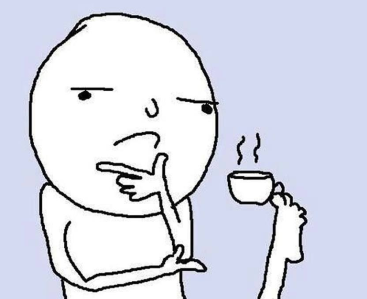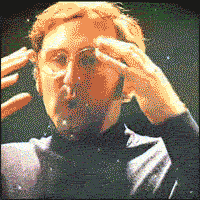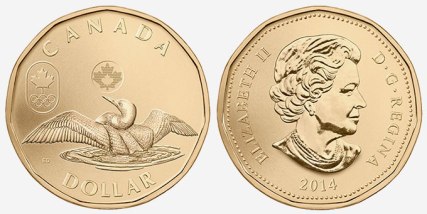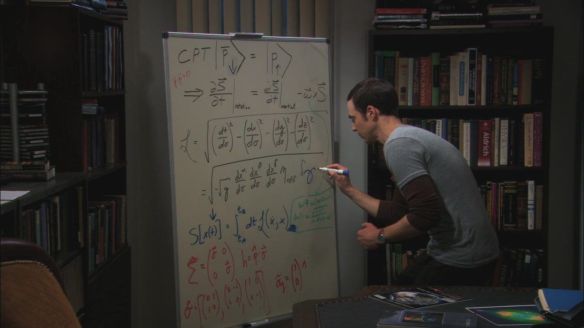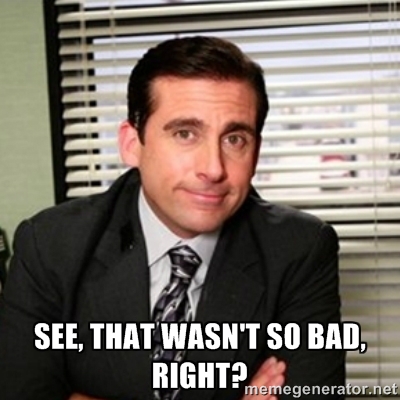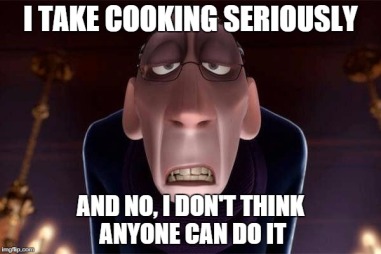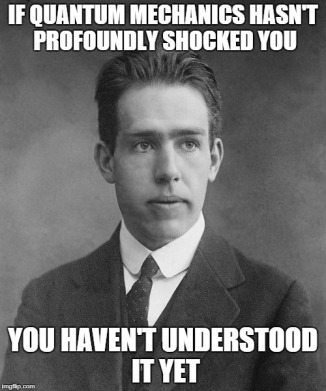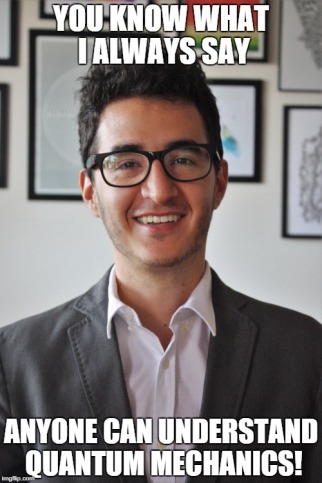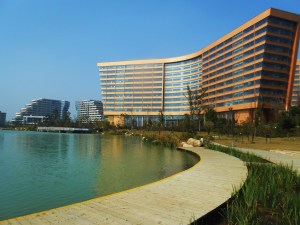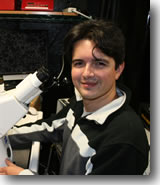It is widely accepted that 2016 was a terrible year. I agree, although it had its good moments, like Colombia finally signing a peace treaty to end the armed conflict with the FARC.
I had essentially no influence or control over the elections, deaths, and conflicts that have marked this last orbit around the sun, but I do have control over my own life. 2016 was the first year that I set myself quantitative goals, making it possible to look back and evaluate my performance with at least some degree of precision. I set ambitious goals that I knew would be difficult to achieve: that’s the way to improve!
Below, I review these goals and my accomplishments in reaching them. I do this not only as a form of reflection, but also in the hope that it may inspire others to do something similar in the upcoming year 🙂
Goal #1: Obtain a total of 100 citations to my articles
As a young postdoc, I am in the stage of my scientific career where the stakes are high. Permanent positions are scarce and the competition is fierce: I have to perform at the highest level. At the end of 2015, I had 45 citations to my articles, so my goal was to essentially double that amount. Looking at my colleagues in quantum information who have been researchers longer than me, I have found that getting to ~1000 citations is a good indication of having reached the level of impact in a field that may merit a tenure-track position in respected research institutions. Hence, my goal is to aim at doubling my total citations every year until I reach that point: 50, 100, 200, 400, and so on. In that case, I would be on track to being competitive in my applications to permanent positions by the time I finish a second postdoc.
At the time of writing, I have a total of 81 citations to my papers, which is a non-negligible amount below my goal. Of course, I cannot really control how many times my papers are cited. All I can do is publish good research and work hard to make it visible to the community. Also, we should never forget that citations are not an accurate method of assessing scientific merit. However, it is important that I objectively analyze my competitiveness as I look to making important career decisions in the future.
Goal #2: Publish at least 5 papers.
What the community thinks of my work is ultimately not up to me, but it is in my power to be a productive scientist. As opposed to my days in grad school, as a postdoc I can work exclusively on research, most of which is related to topics that I have already mastered. This is truly the best time to shine as a researcher. I published six papers during the four years it took me to complete a PhD, so my goal was to effectively reach that level of productivity in only one year.
Indeed, I have accomplished this goal with five papers:
- Practical quantum retrieval games
- Covert quantum communication
- Quantum advantage on information leakage for equality
- Autonomous rotor heat engine
- Quantum money with nearly optimal error tolerance
However, I think it is fair to say that I have actually exceeded this goal, as I have an additional review paper on satellite quantum key distribution which is almost finished, and I have several projects which will be close to completion in the first month of 2017. Yey!
Goal #3: 150 sessions of exercise.
I have reached a point in my life when I have to work hard to maintain my health and well-being. My reasoning in setting 150 sessions as my goals was that I would have roughly three sessions per week. In fact, I was disciplined with exercise, which I have smoothly incorporated into my routine: gym on Tuesday and Thursday, table tennis on Friday. In 2016, I tallied a total of 116 sessions, and I am very satisfied with my body and strength.
So why only 116 sessions if I was disciplined? Well, it turns out that I exercised practically every time I could exercise, but there were too many moments when I could not: facility closures, travels, and sicknesses prevented me from going even when I wanted to. Overall, 150 hours was ambitious and I am satisfied with my progress towards this goal.
Goal #4: Play 5 complete songs in the guitar
I have been playing the guitar for many years now, but only as a very casual hobby. Music is something that I don’t want to do seriously — quite the contrary — it is a respite from everything that is serious in life. As such, when I would grab my guitar, I would play only excerpts of songs, not really putting in the effort to master them in their entirety. Again, this is fine, but I still wanted to at least have a small repertoire that I could play to completion. This was a relatively easy goal to achieve, and I can now fully play
- Hey There Delilah – Plain White T’s
- Lazy Eye – Silversun Pickups
- Hotel California – The Eagles
- Better Man – Robbie Williams
- Sleepwalk – Johhny and Santo (this one is getting a bit rusty)
- Good Riddance – Green Day
Goal #5: Read 5 books on investment
As a postdoc in Singapore I have finally reached the point in my life where, together with my wife Aleks, we earn more than we spend. As such, it is crucial to me to be responsible and knowledgeable about how to handle our savings, however modest. Throughout my life, I have received indirect advice from my parents and friends, but I am always more comfortable making decisions based on my own knowledge and understanding.
This year I read 3 books on finance, while deciding to stop there around the middle of the year. The reason is that I already learnt quite a lot from these books and I did not find any others than seemed to both interesting and different enough to merit a commitment to read. What I realize now is more useful is to read financial news and to start learning through practice and experience. The books I read are
- A Random Walk Down Wall Street, Burton Malkiel
- The Essays of Warren Buffet, Warren Buffet
- Irrational Exuberance, Robert Schiller
Goal #6: Donate 1% of my income to charity
I don’t only care about improving my own life, but about making the entire world a better place. I try to do this with my actions every day, but another meaningful way of achieving this is to donate money directly to people who need it.
My only problem with donations is that I don’t have confidence in most charities making proper use of the donations they receive. That is why I love the approach of Raising for Effective Giving (REG), a meta-charity founded by professional poker players that works to allocate donations to the most effective charities. In their own words: “We rely on scientific thinking and cooperate with researchers, think tanks, and charity evaluators to find the interventions most effective at reducing suffering in the world and to provide members with the best information on the most effective giving opportunities.”
Even though it took me until the last month of the year, I have indeed donated 1% of my income to REG. I hope I can continue to increase this percentage for may years to come.
Happy 2017 everyone!






